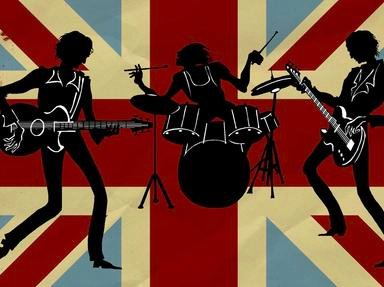Quiz Answer Key and Fun Facts
1. Which Factory Records co-founder and TV reporter, who died in 2007, also owned the Hašienda club?
2. Which of these Manchester bands was NOT signed to Factory Records at any time?
3. The Durutti Column were another band signed to Factory Records. What unusual material was used to make the first 3600 sleeves for their album 'Return of the Durutti Column'?
4. True or false: Madonna was one of the overseas acts who played at the Hašienda in its earlier days.
5. In 1986, the Hašienda changed from a gig venue to a dance club, with house music a speciality. Which subtype of house music, which had its roots in Chicago, was particularly associated with Madchester and was a major influence on the Happy Mondays?
6. Another genre associated with Madchester was 'baggy', which combined rock music with dance and psychedelia. The Stone Roses and the Inspiral Carpets were among the Manchester bands whose music could be described as 'baggy'. What gave baggy music its name?
7. One DJ who was particularly active in the Manchester dance music scene in the late '80s was Gerald Simpson, aka A Guy Called Gerald. Which single, which became a popular track at the Hašienda, did he release in 1988?
8. Which drug, often associated with dance music, had a large presence in the Madchester scene and was behind the death of Claire Leighton in 1989?
9. Which 1992 album by the Happy Mondays bankrupted Factory Records, due to high recording costs, poor sales and Shaun Ryder spending record company money on drugs?
10. Although Madchester went into decline in the early '90s, the Hašienda continued to run for a few more years. In which year did the club finally close down?
Source: Author
Kankurette
This quiz was reviewed by FunTrivia editor
1nn1 before going online.
Any errors found in FunTrivia content are routinely corrected through our feedback system.
